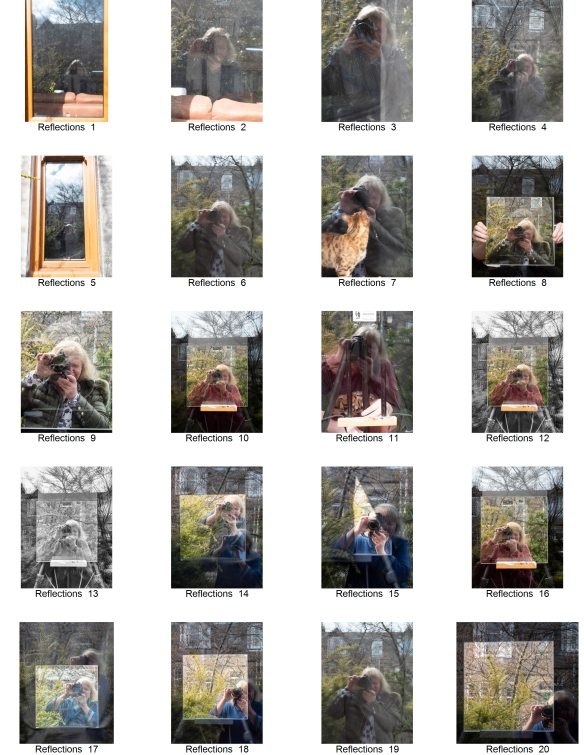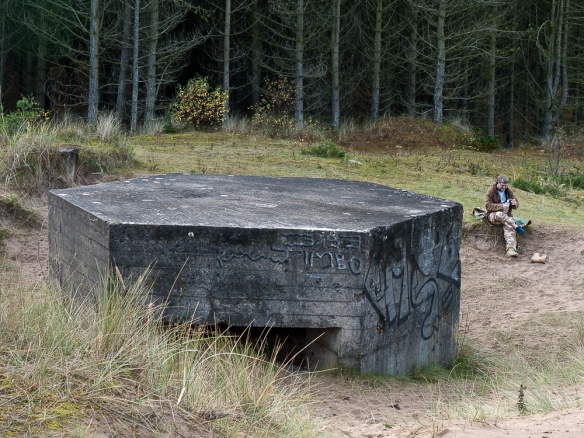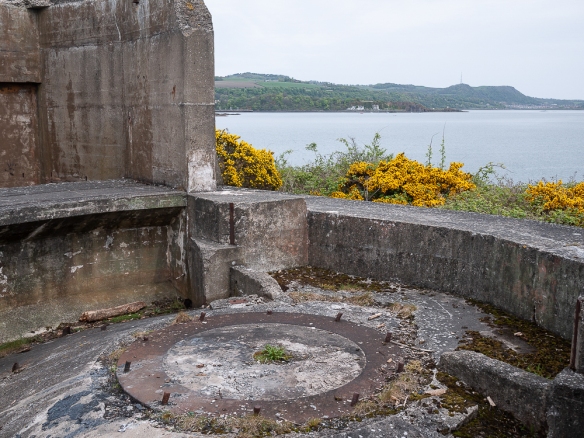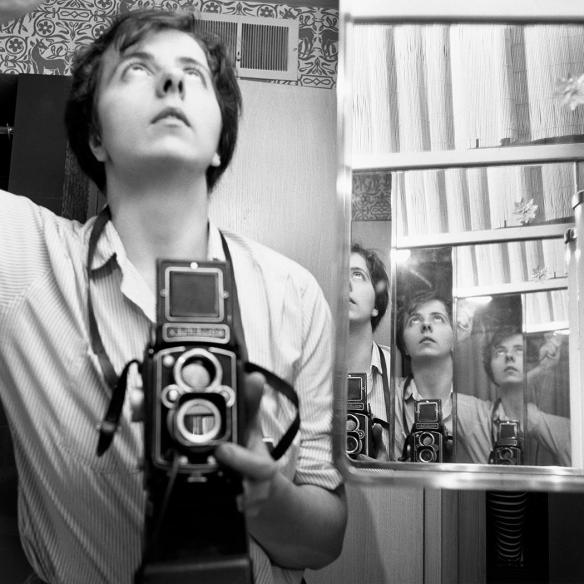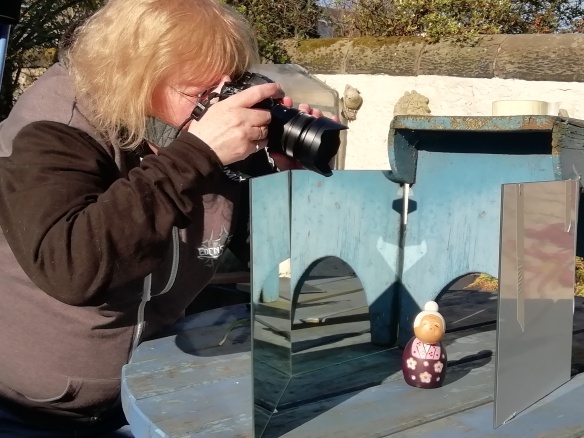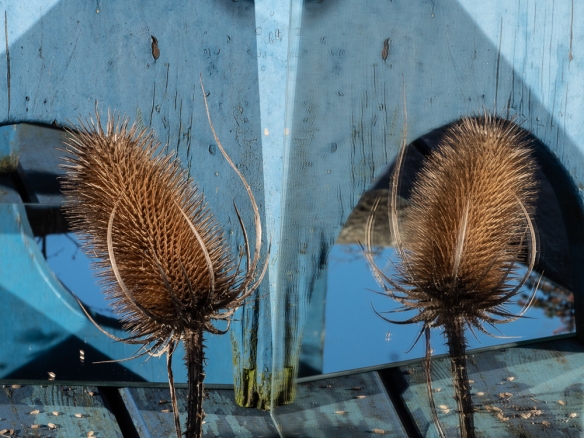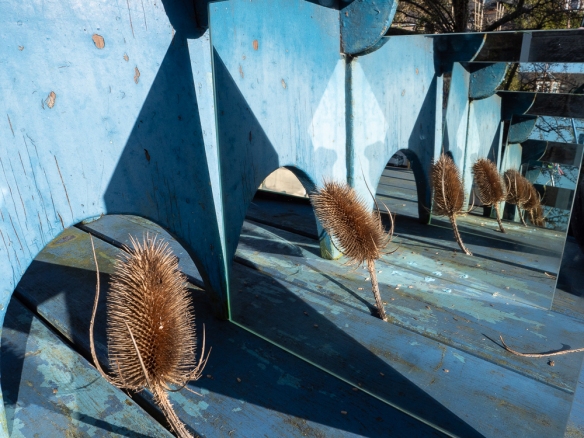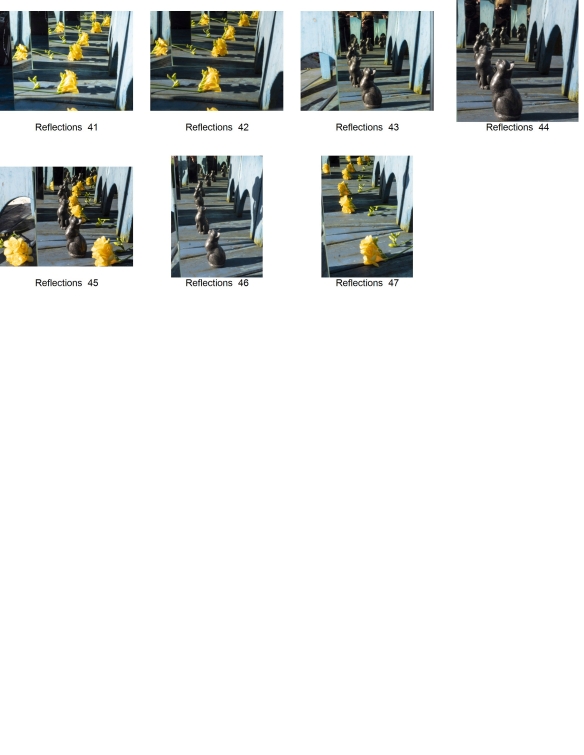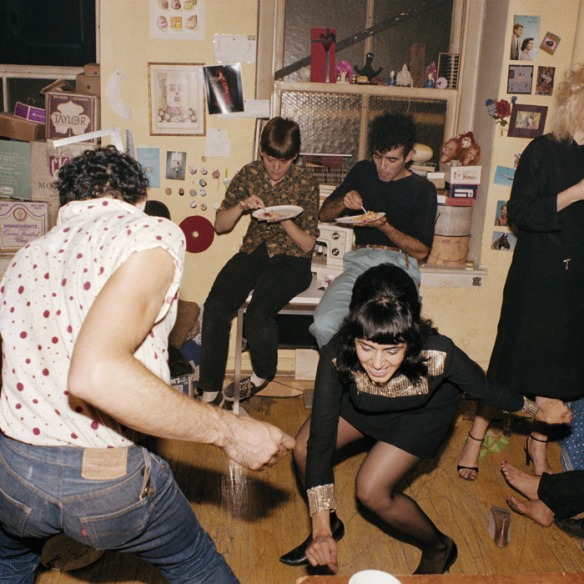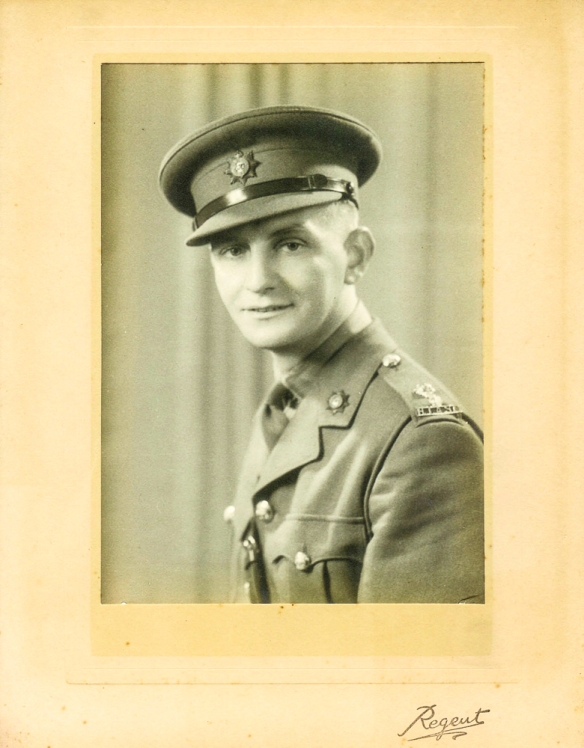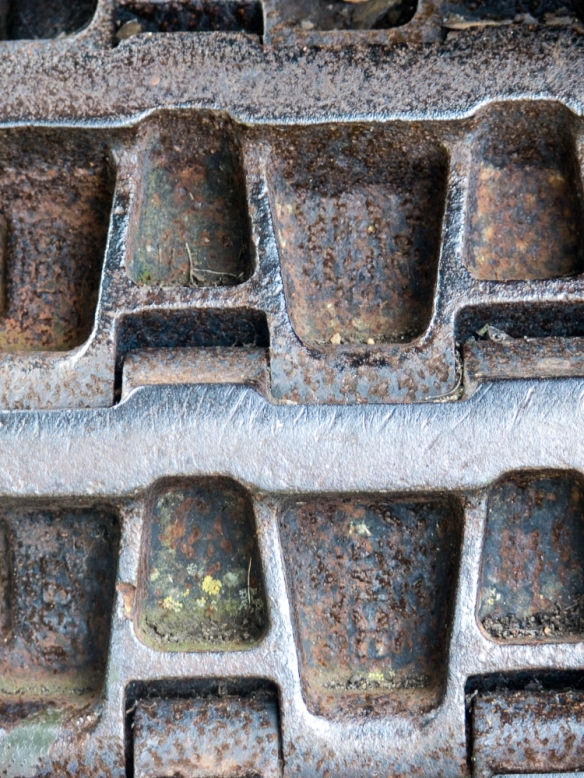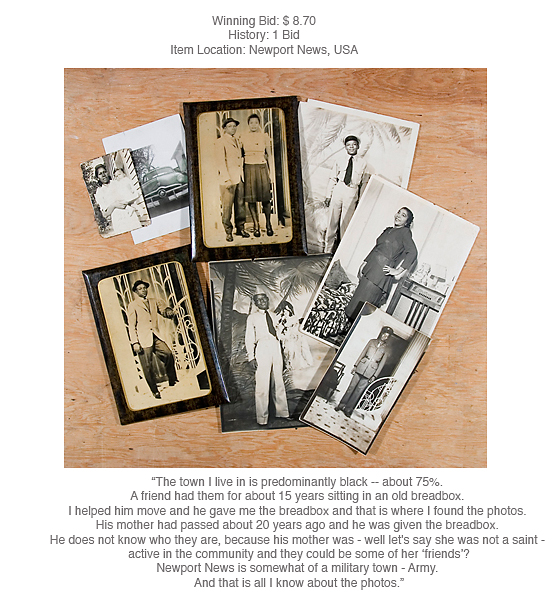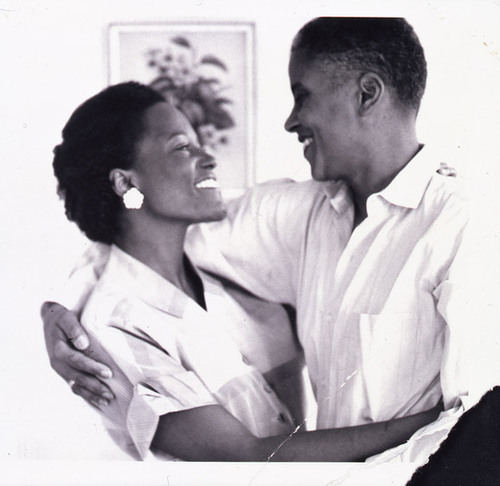08/05/19
The whole of the Context and Narrative course is aimed at making you think:
- About what you see in other people’s images
- About what you are trying to show in your own
- About what the story is and how you can tell it
- About how things can be misconstrued
So – what have I learnt:
- What is truth? – Ok that is a massive question, and I certainly haven’t learnt the answer to it over the course of one year. What I mean is how can you use images to tell part of the truth about a subject and, equally importantly, how easy it is to tell lies with images. What you remember of an event may not be the truth. It certainly won’t be the whole truth and will be different from what other people have seen, understood and remembered.
- How you interpret an image depends on your own experience, both in life, and with looking at images. What I see is not the same as what my husband or children see, and we all come from roughly the same background. So, someone from a completely different background, age, part of the world, with different experiences and stresses may interpret an image totally differently.
- How you take the image has an impact. Black and white versus monochrome. Film versus digital. Phone versus camera. 35mm versus large format. (And I could go on).
- What happens when you repurpose an image e.g. hang a documentary picture on a gallery wall? Do you change its meaning, and if so how and does it matter?
- Context is crucial. But – will the viewer understand the context. Do you need to add text? Do you need to write an explanation? Does the fact that other people apply different contexts to your work matter? And what can you do to stop that happening?
- All images will have several layers to their meaning, they may be obvious or not. Even an apparently simple landscape image tells you about where, when (the time of year) and something about the interests of the photographer – did they concentrate on a flower, did they show the sky (and how much sky)?
- Is a single image best, or a series, or a whole project of multiple series? What tells the story?
- Research and reading as widely as possible is essential. But there is a risk of ‘diving down a rabbit hole’ and never coming out. You need to think as well as read. Keep notes – what is the best way? There is nothing more frustrating than remembering a quote or an image that is relevant to what you are doing – but not being able to find it again.
- Self-portraiture can be done in a myriad of ways. You can be in the picture, or not. You can act out a story. You can use other people’s images to tell something about yourself. You can use found images.
- All storytelling has a degree of personal exposure. It has no value otherwise, but that does not mean that it has to be obvious.
- Think about the edges, both when you take an image and when you look at one. What is left out, or left to the imagination can be as important as what is put in. Think about the small things. Think about the background – what does it show?
- Constructed images can tell a story more clearly than a snapshot. That does not mean it has to be complex – just carefully thought through and planned. And it does not mean that a snapshot has no value – it may be the only way of recording something.
How this will impact on me, my photography and my learning:
- I have started to think more clearly about the use of colour versus 8monochrome and why I am making the choices I make.
- I think more about why I am taking images and how. A picture that is simply to show ‘I was here on this date’ is more likely to be taken with my phone. My camera is used less, but hopefully with more thought about projects.
- How am I going to show the context of what I am doing? Do I need to add text? Handwritten or typed? Who am I going to show the image to? That is going to alter how I take it and present it. Sometimes the decisions can be almost paralysing, and I end up not showing the work at all. An even greater risk is that I end up not even making it.
- I have trialled several methods of keeping research notes, a paper journal, an extra blog, a spreadsheet – none seem entirely successful as yet. This needs more work – to avoid frustration at least!
- I am starting to be more aware of what is going on around me when I am taking an image. In the past I might think about what is in front of me – but what about what is to the side or behind me? How will that effect the light? Will it distract the attention of the person I am photographing – and is that good or bad?
- History is relevant. Well, that’s obvious- but I really mean that the use of archival matter can add into your images, either directly or indirectly. I did not realise quite how many archives I have direct access to until I went searching, and that’s without using the internet or any library resources.
- I have started trying to plan out my images more. Not just street images, but whole stories and to think about where I am taking my photography. I never used to take any form of portraiture – but am finding it more and more interesting.
Final Thoughts:
- The area of this course that was the most comfortable was looking at photography as documentary. This is the area that I have had most experience with and it was the ‘easiest’ to think about. However, I found turning it around and realising that documentary evidence in photography (like in all else) is not always what it seems was enlightening. However, I do not feel that this is ‘my’ way forward. I have learnt that I am more interested in exploring feeling rather than facts, possibilities rather than actualities.
- I had never looked at constructed images before. Initially I thought that I did not appreciate them and was somewhat uncomfortable with the staged nature of the images. I then realised that this was no different from any other form of art – novels, theatre, cinema, and was just another, possibly more complex way, of telling a story, and, that as long as it demonstrates something worthwhile it is a very valid way of taking images.
- Looking at images intensely and researching around them was particularly fascinating. I have to do ‘research’ in my ‘day job’ constantly, but, prior to this, had never thought to use those skills to explore photography.
- To my great surprise, I found the work on portraiture fascinating. This is something I want to take further, both in looking at self images (something I have always avoided in the past) and more generally. I am interested in using photography to describe mental health issues, especially autism, and reflected and refracted images may well help with this as many people find showing themselves to a camera extremely painful, especially people with feelings of low self worth.
My favourite images from while doing C and N. These are not always the best. They are not all directly linked with the course, but they are the ones that reflect my year.
Conclusion:
- Think about the story (plan)
- Think about what has already been done (research)
- Think about the context (and how you show it)
- Think about the viewer (now and in the future)
- Think about whether you need a series or a single image (one may be more)
- Don’t forget to get out there and take the pictures!
With thanks to my tutor, Dr. Derek Trillo, who went over and above the call of duty in encouraging me to take risks and believe in myself.






































